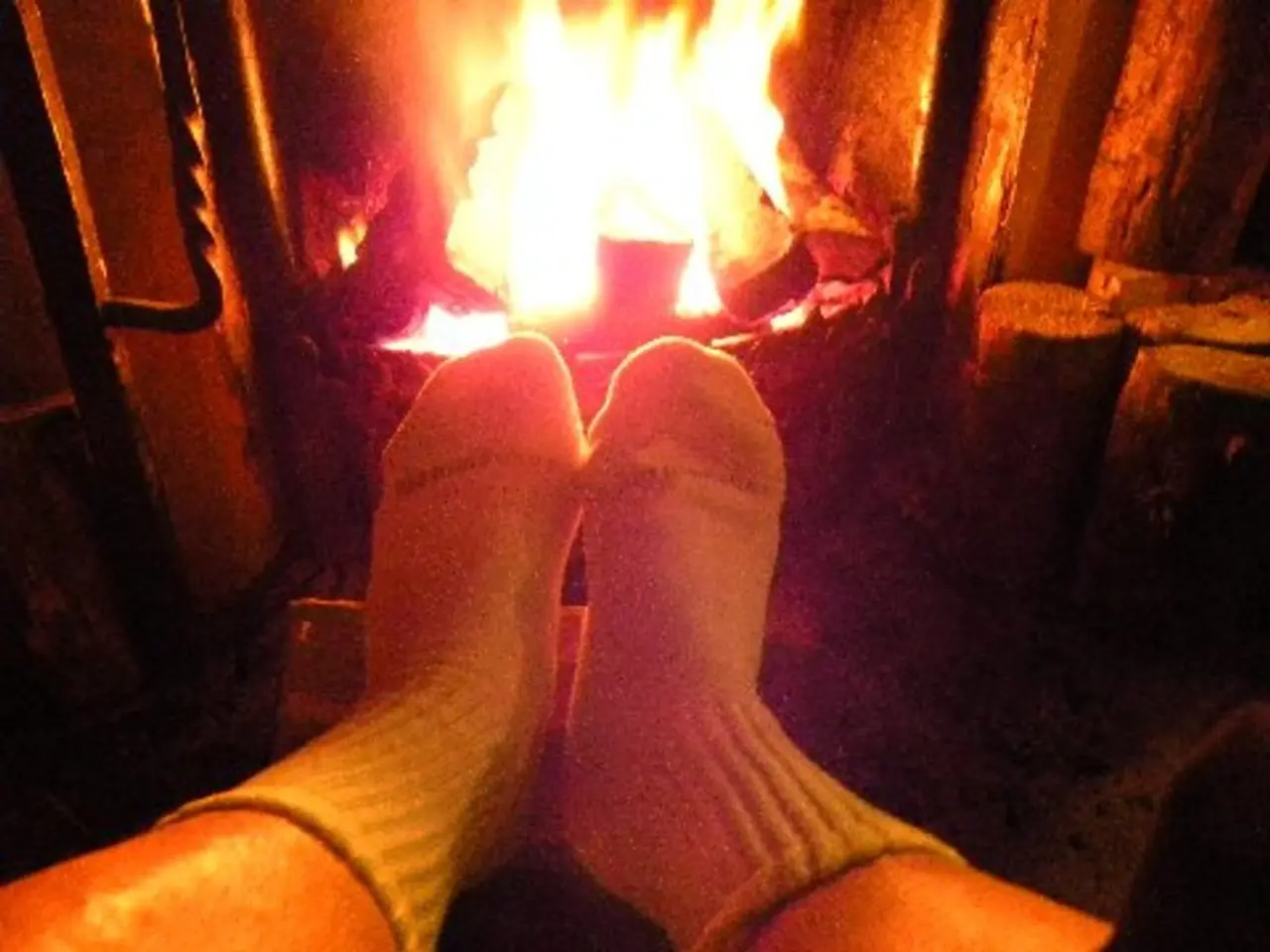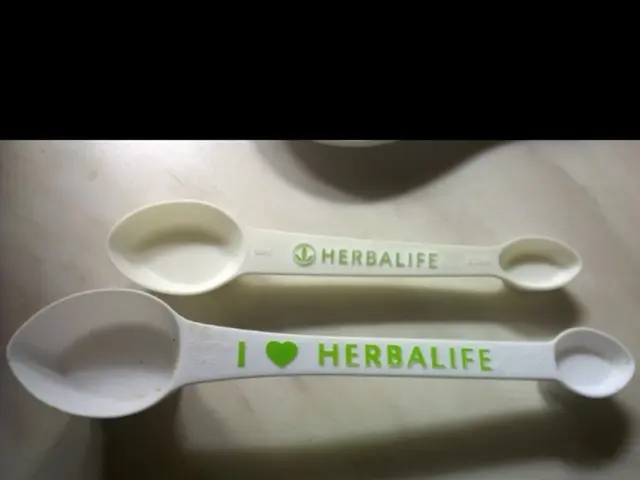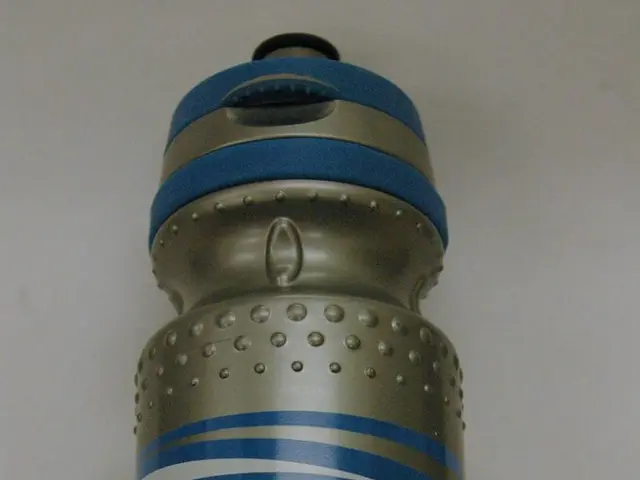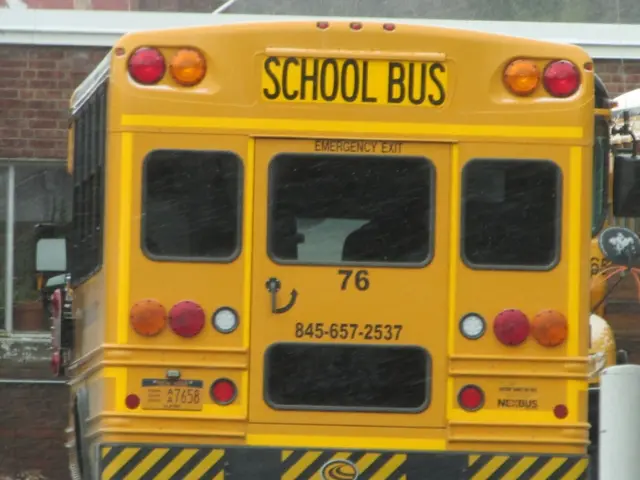Keeping Cool in the Summer Heat: A Trio of Safety Tips to Remember
Headline: First Aid for Heat Exhaustion and Heat Stroke: A Comprehensive Guide
In the summer months, it's crucial to be aware of the signs and symptoms of heat-related illnesses, such as heat exhaustion and heat stroke. This article provides a step-by-step guide on how to respond to these conditions.
Heat Exhaustion
When the body is exposed to high temperatures and dehydration for an extended period, heat exhaustion can occur. Early signs include fatigue, nausea, light-headedness, dizziness, headache, sweating, cold, clammy skin, increased heart rate, weakness, muscle cramps, and excessive thirst.
To help someone experiencing heat exhaustion, move them to a cool, shaded, or air-conditioned area immediately to reduce further heat exposure. Remove or loosen tight clothing and shoes to help cool the body. Apply cool compresses or wet cloths to areas with large blood vessels near the surface, such as the neck, forehead, armpits, and groin, or use cool water baths if possible (do not leave unattended in a bath). Use fans or blow cool air over the person to enhance evaporative cooling if available. Encourage sipping small amounts of water or electrolyte drinks if the person is fully conscious and able to swallow to help rehydrate. Raise the feet slightly if possible to increase blood flow and assist cooling. Monitor the person’s temperature and symptoms closely.
Heat Stroke
Heat stroke is a more critical condition than heat exhaustion, occurring when the body can no longer control its temperature. Signs include confusion or delirium, loss of consciousness, lack of perspiration, hot, red, dry skin, nausea or vomiting, rapid heart rate, elevated body temperature. This condition is a medical emergency that demands urgent medical attention due to the risk of life-threatening organ damage and neurological impairment.
For heat stroke, emergency medical care is critical, and first aid should focus on rapid cooling and stabilizing until help arrives. Call emergency services immediately if symptoms worsen, or if the body temperature is above 104°F (40°C), or if neurological symptoms appear (confusion, seizures, loss of consciousness).
Safety Measures
When participating in water activities and boating, always take safety precautions and wear a life jacket. Dr. Papa recommends all people wear a life jacket in the water. Use the buddy system for swimming, even for strong swimmers. Be aware of your environment while swimming, including ocean and river currents, vegetation, water temperature, and shallow water. Fire safety is important when having a bonfire, especially in terms of placement, eliminating fall risks, and paying attention. Very young children and elderly adults are more vulnerable to severe reactions to heat-related illnesses.
In all situations, remember to always swim sober and have someone monitoring a bonfire who should remain sober and attentive. If someone demonstrates symptoms of heat stroke, call 9-1-1 or head to the nearest emergency department. If a burn is severe and shows signs of blistering, bleeding, or white or charred skin, seek immediate medical attention. If someone is very confused, only give them small sips of water. If you suspect heat stroke, do not try to give them water, as they could choke on it. Ensure the person understands your instructions before offering them water.
[1] Mayo Clinic. (2020). Heat Exhaustion. Retrieved from https://www.mayoclinic.org/first-aid/first-aid-heat-exhaustion/basics/art-20056731
[2] American Red Cross. (2020). Heat Stroke. Retrieved from https://www.redcross.org/take-a-class/online-courses/first-aid/first-aid-training/heat-stroke.html
[3] Centers for Disease Control and Prevention. (2020). Heat-related Illnesses. Retrieved from https://www.cdc.gov/disasters/extremeheat/heat-related-illnesses.html
[4] National Health Service. (2020). Heat Exhaustion. Retrieved from https://www.nhs.uk/conditions/heat-exhaustion/
[5] World Health Organization. (2020). Heat-related Illnesses. Retrieved from https://www.who.int/news-room/fact-sheets/detail/heat-related-illnesses
In the realm of health-and-wellness and fitness-and-exercise, being aware of heat-related illnesses such as heat exhaustion and heat stroke, especially during summer, is essential. The step-by-step guide provided in this article offers a practical approach for first aid responses to both heat exhaustion and heat stroke, emphasizing the need for quick action and proper cooling measures in critical situations such as heat stroke.







